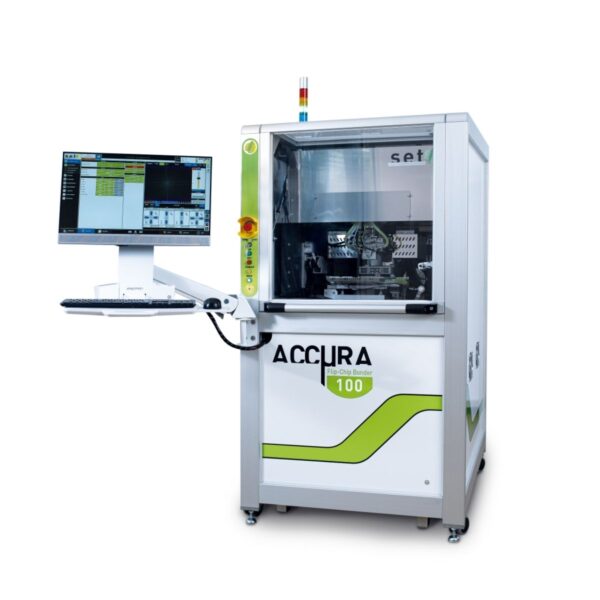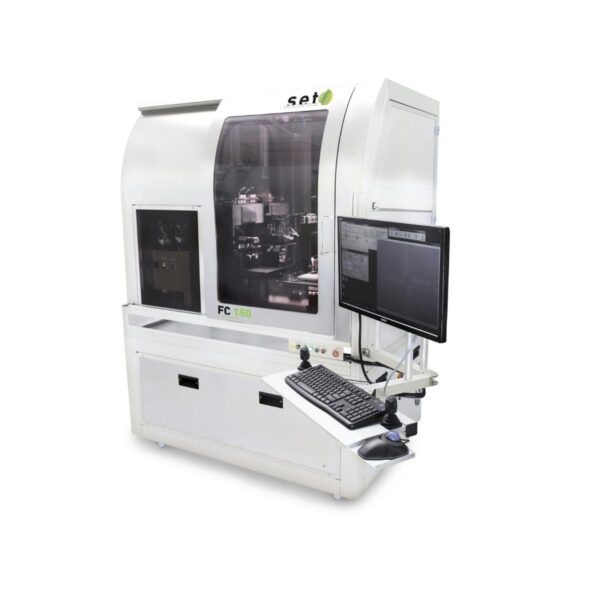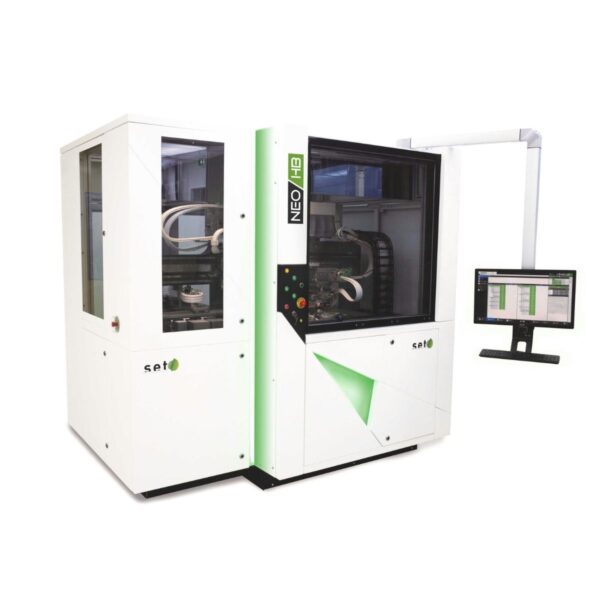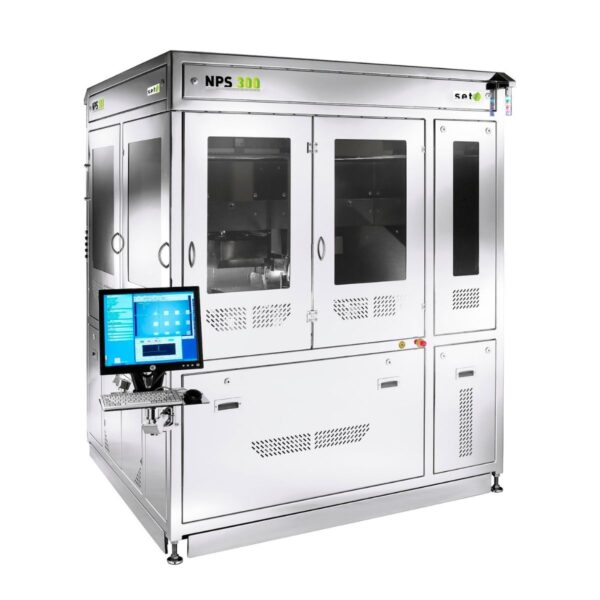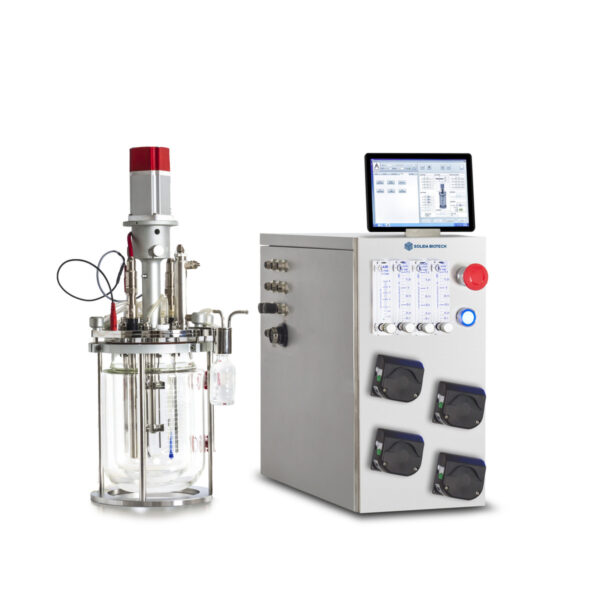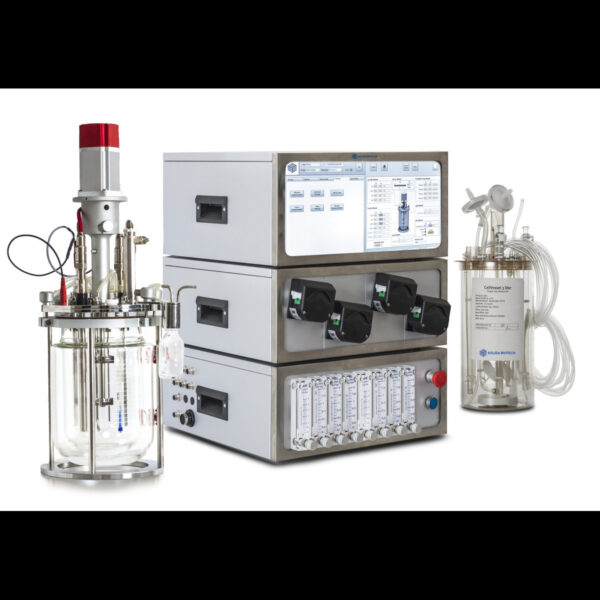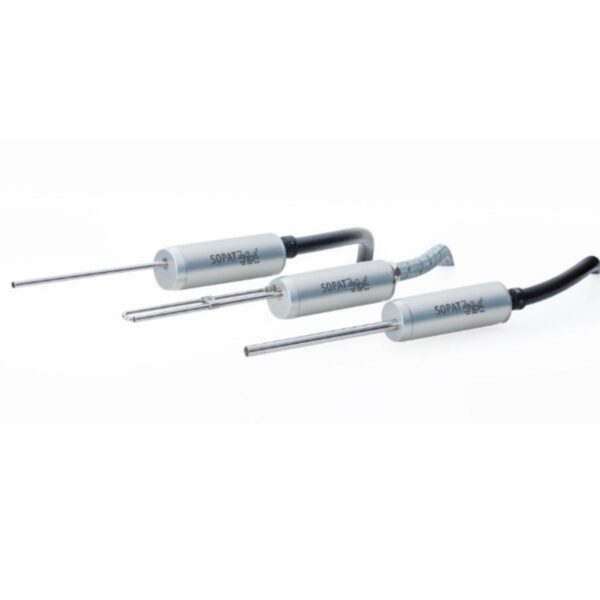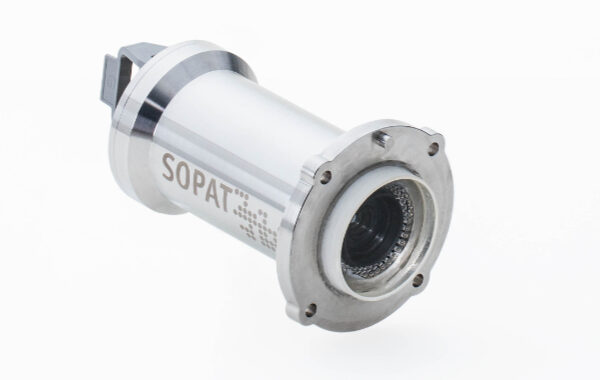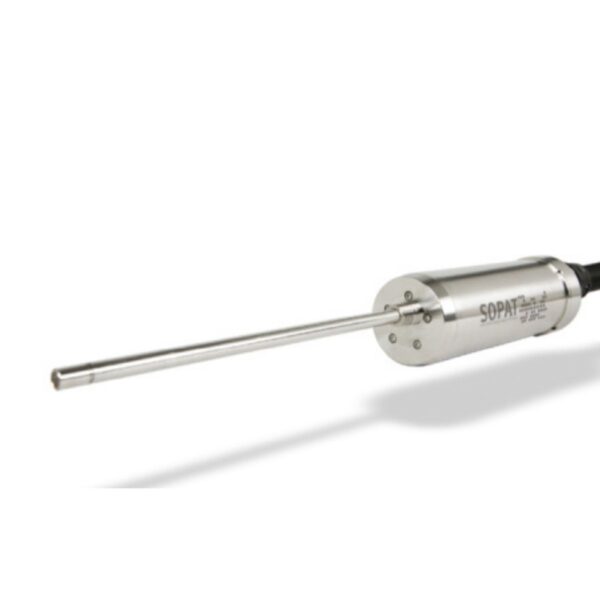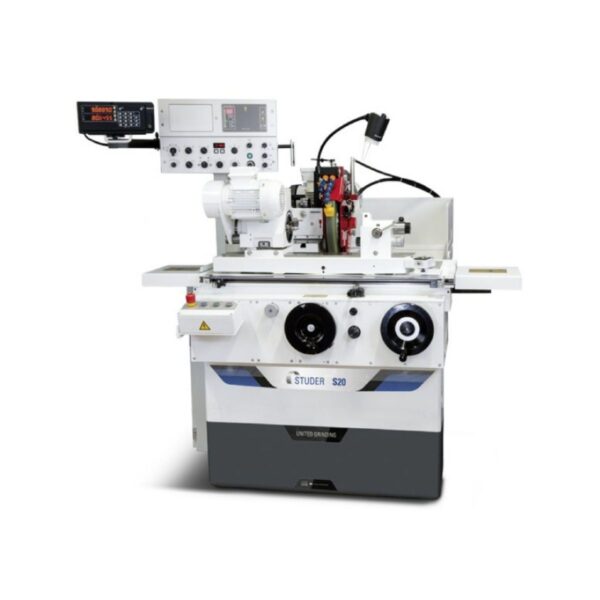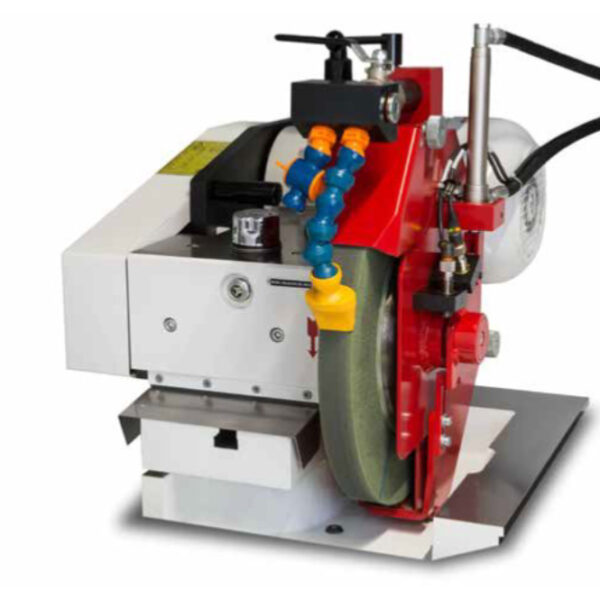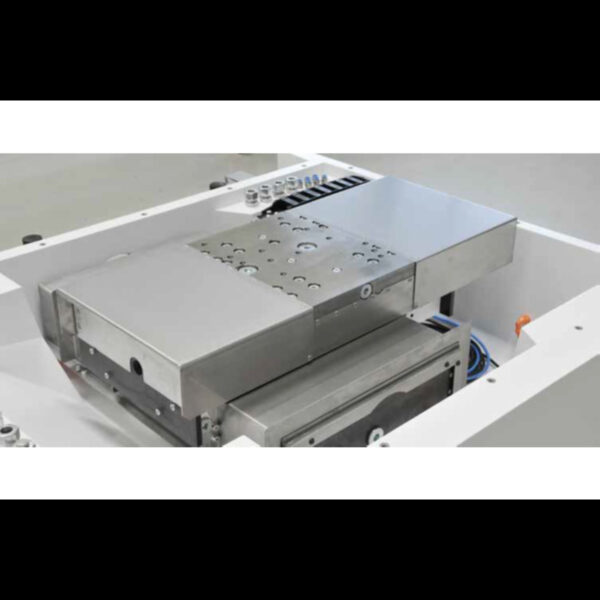SET – ACCµRA100
The ACCµRA100 is a flip-chip bonder that allows ± 0.5 µm accuracy. Motorized axes guarantee a high repeatability of your process. Its flexibility makes it ideal for developing a wide range of applications. ACCµRA100 combines...
The ACCµRA100 is a flip-chip bonder that allows ± 0.5 µm accuracy. Motorized axes guarantee a high repeatability of your process. Its flexibility makes it ideal for developing a wide range of applications. ACCµRA100 combines high precision, accessibility and cost-effectiveness. It is the perfect equipment for universities and R&D institutes.
Applications
- Micro assembly
- Laser diode, laser bar
- VCSEL, photo diode
- LED
- Flip-chip bonding, die bonding
- Chip-to-chip, chip-to-substrate bonding
- MOEMS, MEMS, MCM packaging…
- 3D packaging
- Nanoimprinting (UV NIL and Hot Embossing)
Industries
- Semiconductors
- Memory
- Optoelectronics and Silicon Photonics
- Micro LEDs Displays
- Quantum Computing
